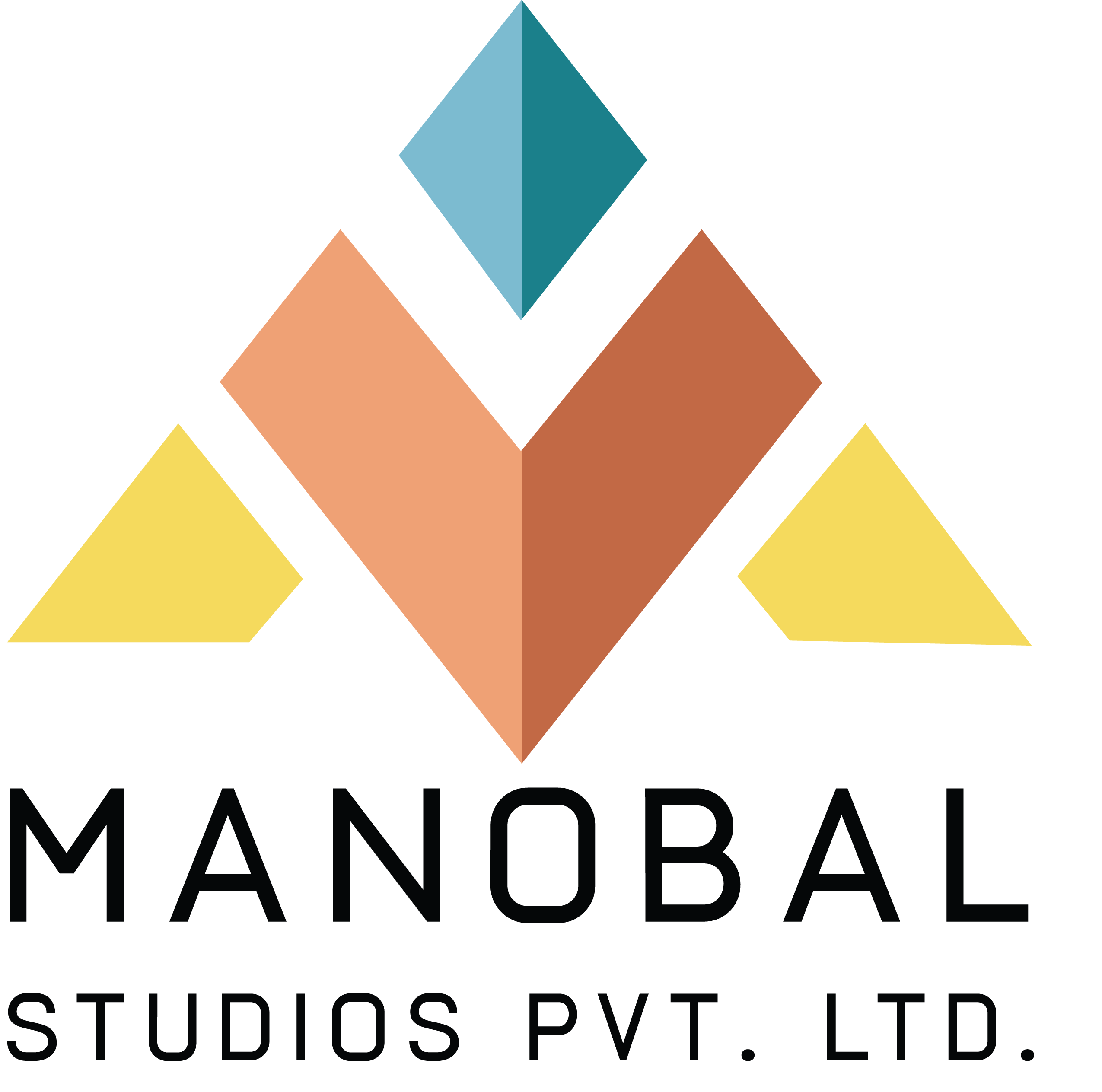Exploring Flat Design: Embracing Simplicity and Functionality
Introduction
In the dynamic world of design, trends come and go, but some principles stand the test of time. One such design philosophy that has gained immense popularity in recent years is “Flat Design.” Characterized by its minimalist approach and clean aesthetics, flat design has become a go-to style for web and graphic designers alike. In this blog post, we’ll exploring flat design and why it has become so popular, and why we need it in today’s digital landscape.
What is Flat Design?
Flat design is a visual style that embraces simplicity, eschewing three-dimensional elements, textures, and gradients in favor of clean lines, bold colors, and a two-dimensional appearance. Exploring flat design philosophy is heavily influenced by the principles of minimalism, focusing on essential elements and reducing visual clutter. Flat design also emphasizes user-centricity, making interfaces more intuitive and user-friendly.
Exploring Flat Design Key Characteristics
Minimalistic Approach:
Flat design relies on simplicity and eliminates unnecessary embellishments, promoting a clutter-free visual experience.
Two-Dimensional Aesthetics:
By avoiding drop shadows, gradients, and other 3D effects, flat design maintains a clean and straightforward appearance.
Bold Colors:
Flat design incorporates vibrant and bold colors to create eye-catching visuals that captivate the user’s attention.
Legible Typography:
Clear and easy-to-read typography plays a crucial role in flat design, ensuring seamless communication of information.
Iconography:
Flat design often includes iconography that utilizes simple shapes and clean lines to represent actions or concepts in an intuitive manner.
Why has Flat Design become so Popular?
Responsive Design:
With the increasing use of mobile devices, responsive design has become essential. Flat design’s simplicity allows for seamless adaptation to various screen sizes and resolutions, providing a consistent experience across devices.
Faster Loading Times:
Flat design typically requires fewer graphic assets and complex effects, leading to quicker loading times for websites and applications.
User-Friendly:
The absence of visual distractions and clear iconography in flat design makes interfaces more user-friendly and intuitive, improving overall user experience.
Timelessness:
Unlike some design trends that can quickly become outdated, flat design’s simplicity and elegance ensure that it remains relevant over time
Why do We Need Flat Design?
Enhanced User Experience:
By focusing on essential elements, flat design creates a more intuitive and straightforward user experience, reducing the learning curve for new users.
Brand Identity:
Flat design allows companies to present their brand with a distinctive and memorable visual style, fostering brand recognition and consistency.
Mobile Optimization:
As mobile usage continues to rise, flat design’s adaptability to different devices ensures a seamless experience for mobile users.
Accessibility:
Flat design’s clean aesthetics and legible typography enhance accessibility for users with visual impairments or disabilities.
Conclusion
Flat design has undoubtedly become a prominent force in modern web and graphic design. By emphasizing simplicity, functionality, and user experience, it has captured the hearts of designers and users alike. Whether it’s a website, application, or branding endeavor, embracing flat design principles can lead to a visually appealing and user-friendly end product. As we move forward in the ever-evolving world of design, flat design stands tall as a timeless and valuable approach in meeting the needs of the digital landscape.










